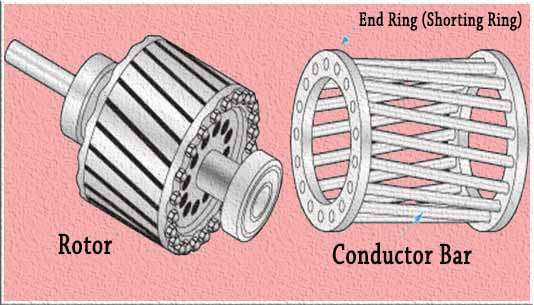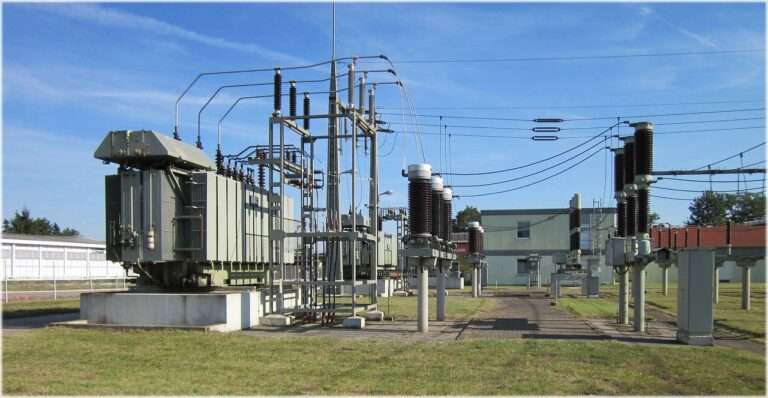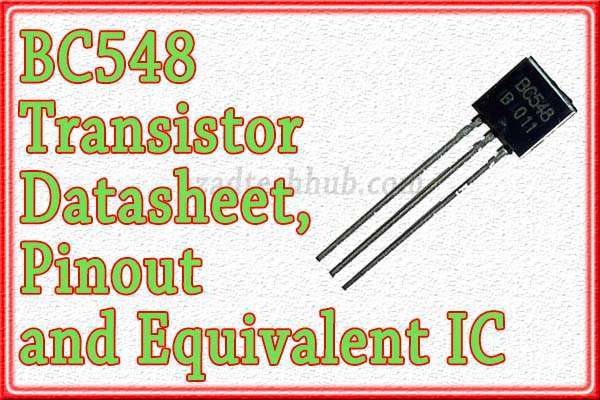CR123 Battery Specifications & Equivalent: Best Guide
The CR123 battery is a type of lithium battery commonly used in various electronic devices. It is a non-rechargeable battery known for its high capacity and stable voltage. The “CR” in CR123 stands for the cylindrical lithium battery, and the “123” stands for its size—specifically, it has a diameter of about 17 millimeters and a length of about 34.5 millimeters.

Table of Contents
CR123 batteries are often used in devices such as cameras, flashlights, smoke detectors, and other small electronic devices. They are known for their long shelf life and ability to provide consistent energy output over their lifetime. Remember that CR123 batteries are non-rechargeable, so once they are used up, they should be disposed of properly and replaced with new ones.
Chemistry of cr123 battery
The CR123 battery, also known as the CR123A, runs on lithium chemistry. Let’s dig deeper into the CR123 battery pack:
1. Lithium Anodes: The anode (negative electrode) of a CR123 battery is usually made of lithium metal or lithium alloy. During the discharge, lithium ions move through the electrolyte from the anode to the cathode, carrying an electric current.
2. Cathode materials: The cathode (positive electrode) of a CR123 battery is usually a mixture of lithium manganese dioxide (LiMnO2) or lithium iron disulfide (LiFeS2) These materials are chosen because of their ability to absorb lithium ions well in the discharge.
Lithium Manganese Dioxide (LiMnO2): This cathode material is commonly used in CR123 batteries. It provides high stability and excellent performance at different temperatures.
Lithium Iron Disulfide (LiFeS2): Some CR123 batteries can use this new cathode material, which also provides high power and is known for its durability and durability
3. Separator: The separation in a CR123 battery is usually a thin, porous layer that prevents direct contact between the anode and cathode and allows lithium ions to leak in. This separation is necessary to maintain the integrity and safety of the battery.
4. Electrolyte composition: The electrolyte is a conducting solvent that facilitates the movement of lithium ions between the anode and cathode. It also plays an important role in the overall performance of the battery. Typically, the electrolyte in a CR123 battery is a lithium salt dissolved in a solvent.
Working Principle: During the discharge, lithium ions move through the electrolyte from the anode to the cathode, producing an electric current. This flow of electrons energizes the coupling device. During discharge, the chemical reactions of the anode and cathode are reversible, so that the battery is used until the raw materials are exhausted or depleted.
It is important to note that the CR123 battery is non-rechargeable. Attempting to recharge could pose a safety hazard, as non-rechargeable lithium batteries are not chemically engineered to withstand the stress level of the charger.
Where to Buy?
[wptb id=11306]Size and Dimensions of CR123 battery
The CR123 battery is a full-sized round lithium battery. The size and dimensions are as follows.
- About 17 millimeters (0.67 inches) in diameter.
- Length: Approximately 34.5 millimeters (1.36 inches).
These dimensions have been standardized to match devices powered by CR123 batteries. The spherical shape and consistent shape provide flexibility and ease of use for electronic devices such as cameras, flashlights, smoke detectors, and other devices that require a power source reliable.
Voltage current and capacity of CR123 battery
Generally, CR123 batteries have the following electrical characteristics.
Voltage range: The standard voltage output for the CR123 battery is 3 volts. This power density is crucial for the proper operation of such battery-based devices. The 3-volt rating remains constant for most of the battery.
Current (current maintenance):. The current or discharge current of a CR123 battery can vary depending on the specific application and manufacturer’s design. However, it is important to note that the CR123 battery is typically designed to deliver medium to high voltage, making it suitable for devices requiring bursts of power such as high-efficiency lighting or cameras
Capacity: CR123 battery capacity is usually measured in milliampere-hours (mAh) or ampere-hours (Ah). Capacity refers to the amount of charge a battery can supply over a long period of time. Specific capacity may vary between CR123 battery models and models, but general capacity ranges from 1400mAh to 1600mAh. High-capacity batteries are also available, providing longer use times.
It is important to note that these values are generalizations, and the specific voltage, current, and capacity of a CR123 battery may depend on the manufacturer and the intended use of the battery When selecting a CR123 battery for a particular device then it is wise to check the product specification.
Applications of CR123 battery
CR123 batteries find applications in various electronic devices that require a reliable and compact power source. Some common uses are:
Cameras: High-end digital cameras, especially those used in professional imaging or surveillance systems, typically use CR123 batteries because of their high capacity and high voltage
Flashlights: Compact and powerful flashlights, including tactical outdoor devices, typically use CR123 batteries. This battery provides an excellent balance of size and power for portable lighting devices.
Smoke Detectors: Some smoke detectors and other home security devices rely on CR123 batteries for long life and consistent power.
Medical devices: Some medical devices, such as portable thermometers, electronic thermometers, and some types of hearing aids, can use CR123 batteries.
Safety systems: CR123 batteries can be used to supply safety system components such as motion sensors and remote controls.
Laser Pointers: Small handheld laser pointers typically use CR123 batteries, due to their compact size and significant power supply capabilities.
Gun sights and sights: Certain gun accessories, such as inkjet sights and some gun sights, use CR123 batteries for their compact form factor and portable power.
GPS devices: Portable GPS devices, for activities such as hiking or geocaching, can be powered by CR123 batteries.
Emergency equipment: Portable emergency equipment such as compact radios and emergency flashlights can use CR123 batteries for their long life and reliable operation.
Outdoor accessories: A variety of outdoor accessories such as headlamps, lamps and camping gear can be designed to work with CR123 batteries.
Equivalent of CR123 battery
The CR123 battery has several counterparts of similar size and capacity. These fellows are often called by various names or terms. Some common analogies are:
CR123A: This is basically the same battery, and the terms CR123 and CR123A are often used interchangeably.
DL123A: Another common designation for CR123 batteries. K123A: This name is less common but is still used as an equivalent to CR123 batteries.
EL123A: Yet another alternative name for CR123 batteries. 5018LC: This is another name sometimes used for CR123 batteries.
It is important to note that although these batteries are generally considered to be identical, there may be slight differences in performance or chemical composition depending on the manufacturer.
CR123 Battery Charger
Normally, CR123 batteries are non-rechargeable lithium batteries, so they are not intended to be recharged. Attempting to recharge a non-rechargeable lithium battery can cause safety hazards, such as overheating, condensation, and even rupture.
If you use a rechargeable battery of the same size and capacity, such as the RCR123 or 16340 lithium-ion battery, you will need a charger designed for special rechargeable lithium-ion batteries These chargers have there are generally, their The design can be to accommodate various lithium-ion battery sizes, including sizes such as the CR123 battery When choosing a charger for a rechargeable battery, consider the following.
Compatibility: Make sure the charger is designed for the specific rechargeable battery you are using (e.g., RCR123, 16340). Check the size and capacity to match your rechargeable battery.
Safety Features: Look for chargers with safety features like overcharge protection, short circuit protection and temperature monitoring to eliminate potential hazards while charging
Charging speed: Some chargers offer different speeds or options. Choose the charger that best suits your needs and preferences.
Brand name: Choose chargers from a reputable manufacturer to ensure quality and safety.
User Review: Read the user reviews to get an idea of the experiences others have had with a particular charger model.
Is cR123 battery rechargeable?
While Traditional CR123 batteries are non-rechargeable lithium batteries, but there are rechargeable options that are equal in size and capacity. These rechargeable batteries are commonly referred to as RCR123, 16340, or CR123A rechargeable batteries.
It’s worth noting that this rechargeable battery uses lithium-ion technology, which is different from the non-rechargeable lithium battery, which is usually labeled CR123 If you are looking for a CR123 rechargeable battery, consider the following.
Labeling: Look for batteries labeled RCR123, 16340, or CR123A rechargeable batteries. These are designed to be recharged, unlike CR123 batteries which cannot be recharged.
Voltage: Rechargeable CR123 batteries typically have a voltage of 3.6 to 3.7 volts, which is slightly lower than the 3-volt output of non-rechargeable CR123 batteries Make sure your device can accommodate a voltage difference.
Charging: Use a charger specifically designed for lithium-ion rechargeable batteries. Standard CR123 battery chargers are not suitable for rechargeable lithium ion batteries.
Capacity: CR123 rechargeable batteries come in different capacities, measured in milliampere-hours (mAh). A higher-capacity battery generally provides longer use between charges.
Materials and quality: Choose popular brands and quality batteries to ensure safety and performance. Be careful when using spare or poor-quality rechargeable batteries. Keep the following in mind when using CR123 rechargeable batteries.
Charging Instructions: Follow the manufacturer’s charging recommendations, and use a charger specifically designed for lithium-ion batteries. Overcharging poses a safety risk.
Follow us on LinkedIn”Electrical Insights” to get the latest updates in Electrical Engineering. You can also Follow us on LinkedIn and Facebook to see our latest posts on Electrical Engineering Topics.
Worth Read Posts
- LR44 Battery Specifications & Equivalent
- Lithium Ion Batteries
- Methods of Electrical Earthing
- Electrical Earthing Important Types
- Plant Factor, Plant Capacity Factor, and Load Factor
- Diversity Factor
- Buck Converter Interview Questions
- DC DC Converter Interview Questions
- Transformer Electrical Interview
- Top 30 Op Amp Interview Questions
- Power Electronics Interview Questions





